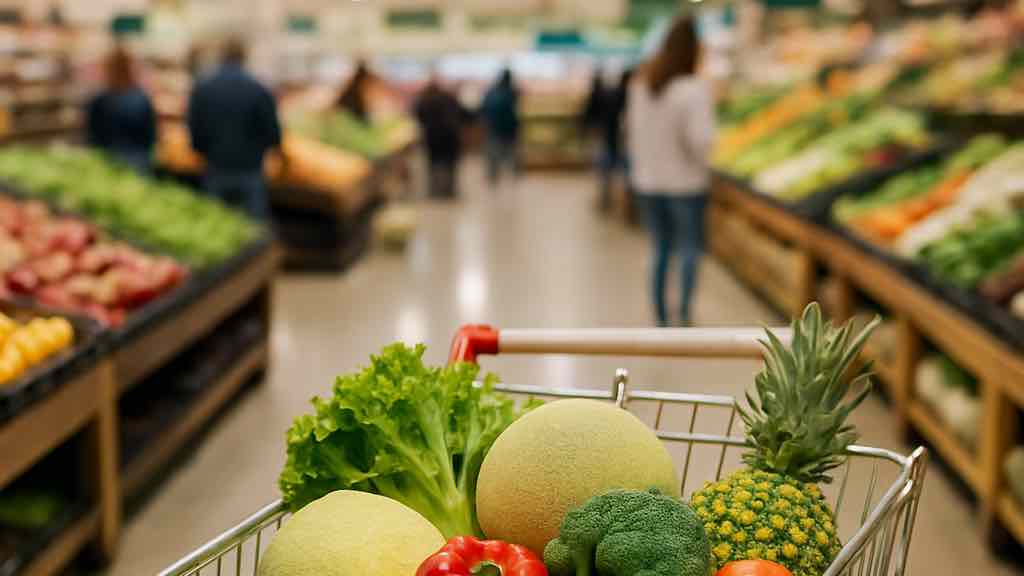
Rising food prices are making it harder for Americans to eat healthy, according to a new report released May 7 by Pew Research Center. Nearly 7 in 10 U.S. adults say the increased cost of healthy food makes it more difficult to maintain a nutritious diet, with lower-income households affected the most.
The survey of 5,123 adults, conducted in late February and early March, reveals deep concerns about food affordability, eating habits, and the barriers that prevent many Americans from making healthier choices.
Cost is the top barrier to healthy eating
Ninety percent of Americans say healthy food has become more expensive in recent years. Among them, 69% report that these rising costs make it more difficult to eat healthy, including 46% of lower-income adults who say it’s a lot more difficult.
“Price hikes are putting healthy meals out of reach for millions of Americans,” said Eileen Yam, Director of Science and Society Research at Pew.
Even as food delivery apps and wellness trends proliferate, budget concerns remain dominant. Lower-income households are more likely to prioritize cost over other considerations, with 75% saying food price is extremely or very important in daily decisions — far more than upper-income adults.
Taste trumps nutrition in daily food choices
When it comes to what Americans care most about in their meals:
- 83% say taste is extremely or very important
- 63% say cost
- 52% say healthiness
- 47% say convenience
Only 21% of Americans rate their own diets as “extremely” or “very” healthy, while 59% call their diets “somewhat healthy.” Another 20% admit their diets are “not too” or “not at all” healthy.
More home cooking linked to better diets
Pew found that Americans who cook at home daily are far more likely to report healthy diets. Among them, 29% say they eat very healthy — more than double the share among those who cook less frequently.
By contrast, people who order takeout or delivery multiple times a week are significantly more likely to describe their diets as unhealthy.
- 88% eat home-cooked meals at least a few times a week
- Only 17% order takeout that often
- Just 12% eat at restaurants that frequently
Food access remains unequal
While most Americans (65%) say it’s easy to find healthy food nearby, disparities persist:
- 79% of upper-income adults say it’s easy
- Only 53% of lower-income adults say the same
- Rural Americans (57%) are less likely to report easy access compared to suburban (69%) and urban residents (65%)
- White and Asian adults report greater access than Black and Hispanic Americans
Confidence in food knowledge varies by education
Only about half (49%) of adults are very or extremely confident they know which foods are healthy. That confidence level rises sharply with education:
- 60% of postgraduates feel confident
- Only 42% of those with a high school education or less say the same
Americans who are more confident in their nutrition knowledge are six times more likely to rate their diets as very healthy than those with low confidence.
Key takeaway
Food price inflation, limited access in some communities, and unequal health literacy are all major obstacles to healthier diets. While Americans overwhelmingly value taste and affordability, the gap between intentions and reality persists — especially for low-income and marginalized groups.

